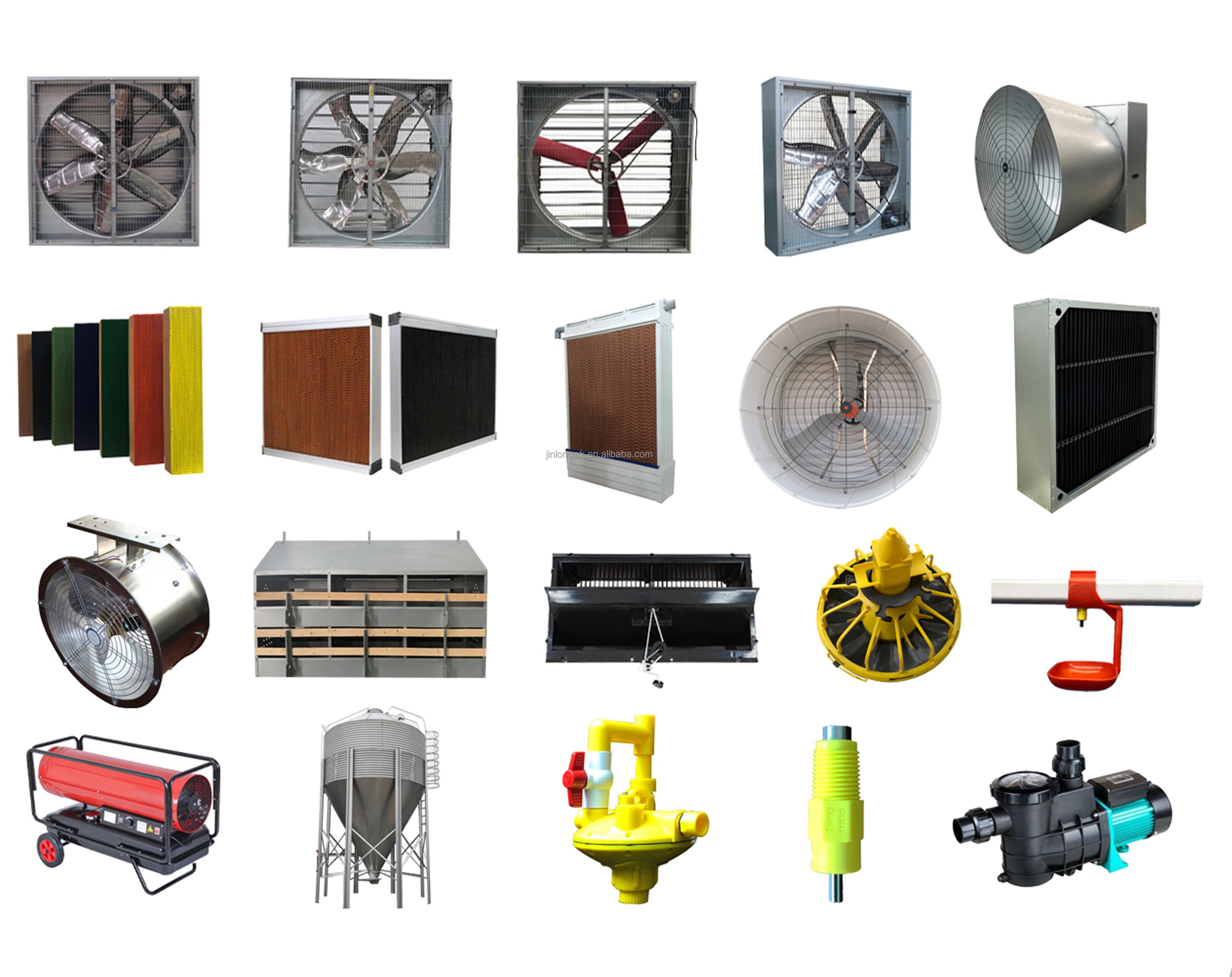Efficient Solutions for Animal Feed Pellet Production Equipment
Dec . 05, 2024 16:49 Back to list
Efficient Solutions for Animal Feed Pellet Production Equipment
The Importance of Feed Pelleting Machines in Modern Animal Nutrition
In recent years, the agriculture and livestock sectors have witnessed significant advancements, particularly in animal nutrition. One of the groundbreaking innovations is the feed pelleting machine, which plays a crucial role in transforming raw feed materials into highly nutritious pellets. This article will explore the technology behind feed pelleting machines, their benefits, and their impact on animal husbandry.
Understanding Feed Pelleting Machines
Feed pelleting machines are designed to compress and mold raw animal feed ingredients into pellets, which are more palatable and easier for animals to digest. The machinery typically consists of a feeder, conditioner, pelletizing chamber, and cooler. The process begins with the feeding of raw materials into the machine, where they are then conditioned with steam and moisture to enhance binder properties and facilitate the formation of pellets.
The conditioned mixture is forced through a die, forming small cylindrical shapes. These pellets are then cooled to ensure stability and to enhance shelf life. The entire process not only maximizes the nutritional value but also helps eliminate contaminants and pathogens, ensuring the safety and quality of animal feed.
Benefits of Feed Pelleting
1. Improved Nutritional Value Pelleting improves the digestibility of feed ingredients, allowing for better nutrient absorption. This is especially crucial for monogastric animals like pigs and poultry, which rely heavily on the efficient breakdown of feed.
2. Reduced Feed Waste Feed pellets are less likely to be wasted compared to loose ingredients. The compact nature of pellets encourages animals to consume their feed completely, reducing leftover feed and subsequently lowering feeding costs.
3. Enhanced Feed Consistency A pelleting machine ensures uniform particle size, which aids in providing a balanced diet. This consistency is critical in preventing selective feeding, where animals may choose to eat only certain ingredients, leading to nutritional imbalances.
feed pelleting machine

4. Improved Storage and Handling Pellets are easier to store and transport than powdered feed. Their reduced surface area minimizes spoilage risks, and they are less prone to separation during handling, making them a more convenient option for farmers and feed producers.
5. Contaminant Reduction The high temperatures generated during the pelleting process assist in destroying harmful bacteria and pathogens present in raw materials. This contributes to the overall health and growth of livestock, reducing disease transmission and minimizing veterinary costs.
Environmental and Economic Impact
Employing feed pelleting machines also aligns with sustainable farming practices. By maximizing feed efficiency, farmers can enhance production without needing to increase feed quantities drastically, which can contribute to reducing environmental pressure. This efficiency ultimately leads to lower greenhouse gas emissions per unit of animal product, supporting global sustainability goals.
Moreover, as the demand for high-quality animal protein continues to rise, feed pelleting machines provide a way for livestock producers to enhance output while maintaining quality. Investing in advanced pelleting technology can result in considerable economic benefits, improving profitability through reduced feed costs and better animal performance.
The Future of Feed Pelleting Technology
The future of feed pelleting technology looks promising with ongoing innovations. Research is focused on developing machines that can process a wider variety of feed ingredients, including non-traditional sources like insects and algae. Enhancements in automation and data analytics will allow for more precise control over the pelleting process, further improving feed quality and efficiency.
In conclusion, feed pelleting machines represent a significant advancement in animal nutrition. They not only enhance the digestibility and nutritional value of feed but also contribute to sustainability and economic viability in the livestock sector. As the industry continues to evolve, the role of this technology will be paramount in addressing the growing global demand for high-quality animal protein while ensuring the well-being of livestock and the environment. Embracing such innovations is essential for farmers aiming to thrive in an increasingly competitive market.
-
Hot Sale 24 & 18 Door Rabbit Cages - Premium Breeding Solutions
NewsJul.25,2025
-
Automatic Feeding Line System Pan Feeder Nipple Drinker - Anping County Yize Metal Products Co., Ltd.
NewsJul.21,2025
-
Automatic Feeding Line System Pan Feeder Nipple Drinker - Anping County Yize Metal Products Co., Ltd.
NewsJul.21,2025
-
Automatic Feeding Line System - Anping Yize | Precision & Nipple
NewsJul.21,2025
-
Automatic Feeding Line System - Anping Yize | Precision & Nipple
NewsJul.21,2025
-
Automatic Feeding Line System-Anping County Yize Metal Products Co., Ltd.|Efficient Feed Distribution&Customized Animal Farming Solutions
NewsJul.21,2025






